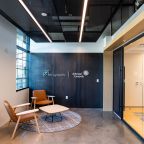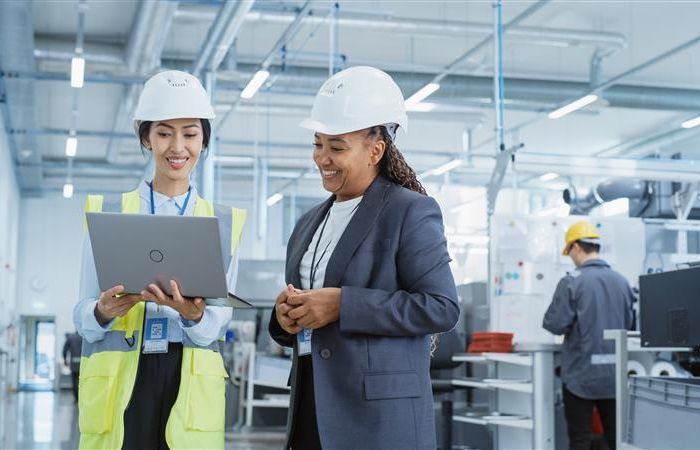Sensor Based Real-Time Space Utilization
Building Automation Systems (BAS) have been around for several years and thousands of buildings around the world are equipped with sensor based technology to automate tasks such as turning lights on and off in rooms, adjusting room temperature, reporting fault conditions in equipment etc. Newly emerging trends in the actual engineering and construction of building based sensors is not only broadening their use, but also reducing costs, simplifying installation and even providing a platform for an evolutionary leap in building performance. The rapidly evolving capabilities for organizations to integrate a sensor strategy into their facilities is not just for new construction but even applies in many cases to older building stock.
 Some of the very same reasons that are enabling organizations to utilize their facilities in entirely innovative ways are the same technologies that are enabling the rapid rise of sensor based technologies especially for real-time space utilization right in the workplace. These include the ubiquity of handheld mobile smart devices, brighter clearer displays, the continued miniaturization of high performance low power processors, near infinite Cloud-based computing and low power wireless technologies. All of these components are coming together to not only empower employees to work anytime anywhere but also is enabling sensor technology to track actual space utilization in highly dynamic Alternative Workspace (AWS) environments.
Some of the very same reasons that are enabling organizations to utilize their facilities in entirely innovative ways are the same technologies that are enabling the rapid rise of sensor based technologies especially for real-time space utilization right in the workplace. These include the ubiquity of handheld mobile smart devices, brighter clearer displays, the continued miniaturization of high performance low power processors, near infinite Cloud-based computing and low power wireless technologies. All of these components are coming together to not only empower employees to work anytime anywhere but also is enabling sensor technology to track actual space utilization in highly dynamic Alternative Workspace (AWS) environments.
Because traditional assigned seating is quickly being replaced by free address systems, hoteling, touch-down spaces, occupancy zones, huddle zones etc. it is getting increasingly difficult to measure exactly how well our space is being used. That is where real-time occupancy sensing technologies are being rapidly developed and integrated into the best in class Integrated Workplace Management Solutions (IWMS) like FM:Interact which can provide a truly portfolio wide view of the not only real-time insight into your space utilization but also allows you to analyze trends over time.
In the coming months, I’ll explore some of these sensor based technologies and how they be can be implemented in your organization to give you an accurate view how your physical space is really being used.










